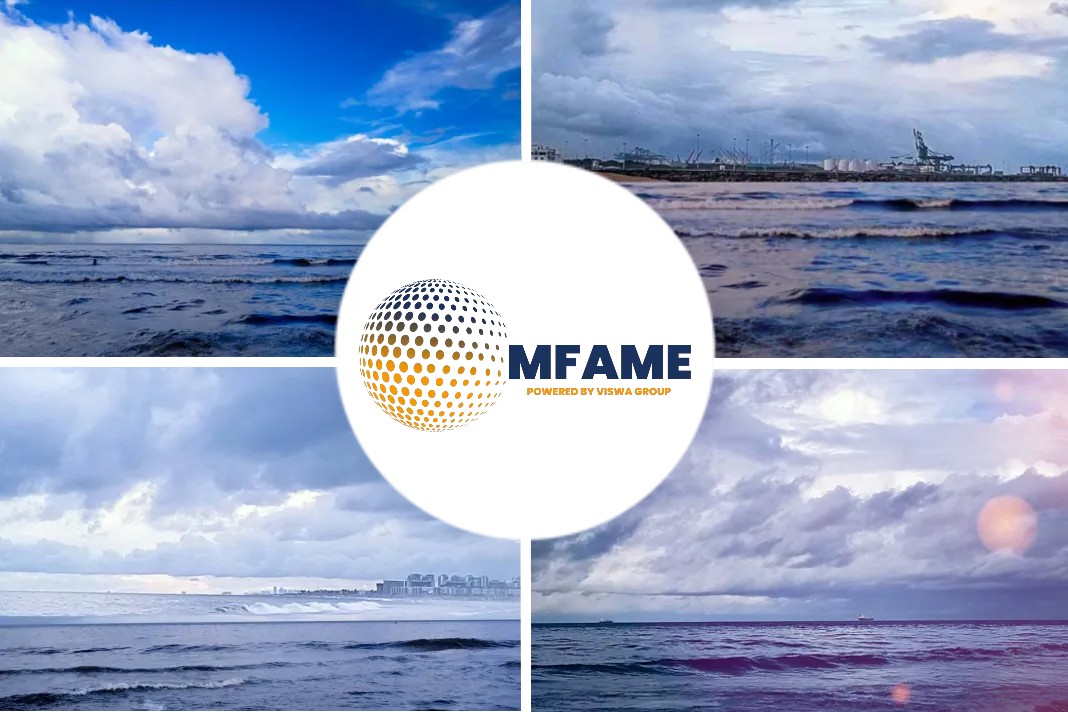A series of incidents where ships have run aground or struck rocks has prompted the Transport Accident Investigation Commission to add the issue of ship navigation in particular waters to its watchlist.
TAIC’s watchlist
Two of the incidents involved the same luxury cruise ship and happened within a month of each other.
Jane Meares, TAIC chief commissioner said, “The commission has recently inquired into several incidents where errors occurred due in part to not meeting international standards for what should happen on the bridge of a ship. Errors in navigation in pilotage waters carry the risk of serious consequences for people, the environment, and the economy”.
TAIC has made recommendations about improving standards of pilotage, improving standards of voyage planning, bridge resource management, and about the training and use of electronic chart display and information systems. International agencies have also identified pilotage as a safety issue.
Navigation issues in pilotage waters
Pilotage waters are areas where, with a few exemptions, ships must use the services of a maritime pilot – an experienced and highly skilled sailor with detailed knowledge of a particular waterway.
The specific issue of ships navigating in pilotage waters is what is being added to the watchlist.
Mr.Meares said, “TAIC’s watchlist identifies issues considered to be of “the highest order of importance for transport safety” and encourages regulators, operators, the Government, and people involved in transport every day to mitigate transport-related concerns. The failures with the bridge team communicating or sharing knowledge had been identified in all four of the recent incidents they investigated”.
Cruise ship fined
The French cruise company ‘Compagnie du Ponant’ and captain Regis Daumesnil were fined in the Wellington District Court earlier in October over one of the incidents, where the cruise ship L’Austral hit an uncharted rock in the remote New Zealand subantarctic islands.
The company was fined $70,000 for endangering human life and entering a prohibited zone, while the captain was fined $30,000. While a pilot was not needed on board, poor management of the bridge’s resources and the operation of the electronic chart display and information system were identified as issues.
Mr.Meares said, “Even though the electronic chart system was the primary means of navigation, the crew wasn’t fully familiar with what it could and couldn’t do. Just four weeks later, L’Austral was entering the Milford Sound at night, this time with a pilot, when the pilot lost situational awareness, allowing the ship to strike a stony bank near the base of Milford Peak. The commission found that the bridge team was not making full use of the ship’s electronic navigation systems to stay on track. When they noticed the ship was off track, they didn’t tell the pilot until it was too late”.
Another cruise placed in TAICs watchlist
Another cruise ship, Azamara Quest, hit Wheki Rock in Tory Channel in early 2016 because the bridge team and pilot had no shared understanding of the plan for the ship to make a turn into the channel, or the influence of the tide.
The fourth incident involved bulk carrier the Molly Manx, which ran aground in Otago Harbour because the bridge team had not adequately monitored the ship’s progress.
Mr.Meares said, “The phenomenon of bridge resource management not meeting international standards is a safety issue that demands the immediate attention of regulators, operators, and training providers. None of the incidents resulted in serious injury or damage, all could have had serious consequences. The inquiries featured miscommunication and a lack of common understanding among the bridge management team, and poor integration of pilots into the bridge team”.
He further added, “If one of the cruise ships had sunk, there could have been “significant loss of life”. There could have been environmental impacts such as an oil spill similar to the Rena, and the cruise ship industry and tourism industry could have been affected”.
Key issues to be addressed
TAIC’s manager of surface investigations, Martin Harper, said: “There was no one area of bridge resource management that was particularly bad, but a key issue was passage planning. The crew and the pilot each had a passage plan and were not always combining them for the best results. This meant the crew and pilot were not adequately monitoring the vessel’s position, as they were operating to different plans”.
Ship Masters must exercise caution
Mr.Meares said, “New Zealand had quite difficult navigational waters and ships’ masters needed to be aware of that”.
Mr.Harper said, “It was ultimately down to the ship’s master to ensure the safety of the ship. He’s got to make sure that he has a safe passage plan. Part of what we’re calling here, bridge resource management, is very much for the pilot to advise the master of local conditions and to make sure that potentially those plans are combined to one agreed plan”.
Did you subscribe for our daily newsletter?
It’s Free! Click here to Subscribe!
Source: NZ Herald



















